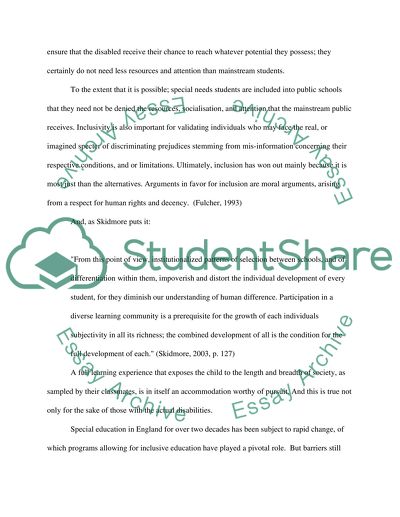Cite this document
(“An analysis on the benefits and challenges of Inclusive Education for Essay”, n.d.)
Retrieved from https://studentshare.org/education/1429071-write-an-essay-critically-reflecting-on-the
Retrieved from https://studentshare.org/education/1429071-write-an-essay-critically-reflecting-on-the
(An Analysis on the Benefits and Challenges of Inclusive Education for Essay)
https://studentshare.org/education/1429071-write-an-essay-critically-reflecting-on-the.
https://studentshare.org/education/1429071-write-an-essay-critically-reflecting-on-the.
“An Analysis on the Benefits and Challenges of Inclusive Education for Essay”, n.d. https://studentshare.org/education/1429071-write-an-essay-critically-reflecting-on-the.


